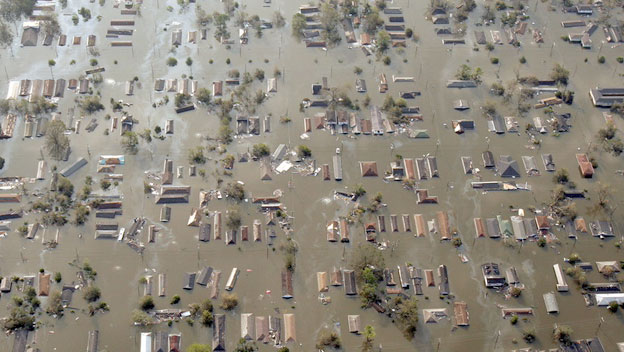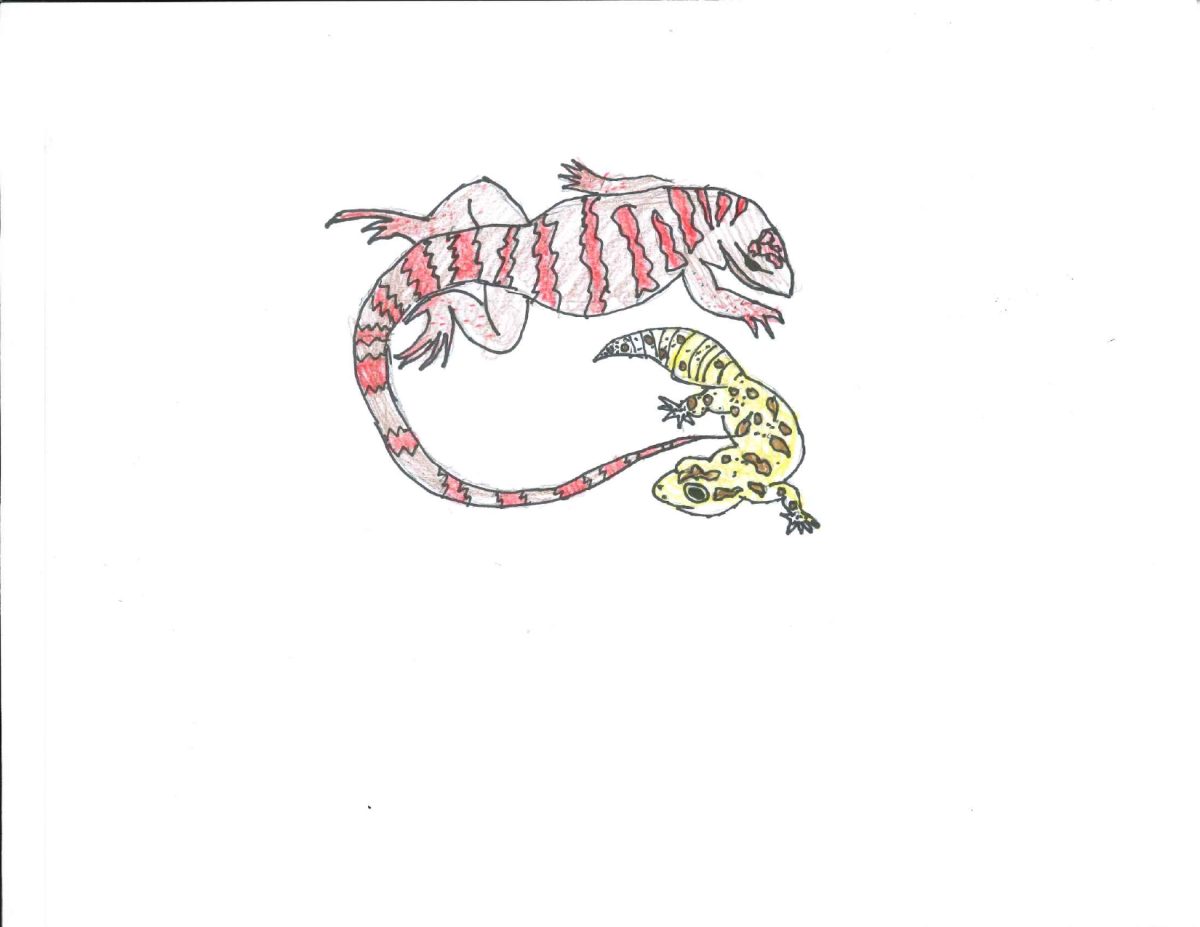Family Reflects on Its Ordeal On Tenth Anniversary of Hurricane Katrina
October 7, 2015
Last week, New England breathed a sigh of relief that Hurricane Joaquin spared it, moving out into open water. However, South Carolina and the Bahamas were not so lucky. According the The Weather Channel, The Bahamas are “completely obliterated” and there is a shortage of fresh drinking water. The clean-up in these and other places this week have people recalling another destructive storm from 2005: Hurricane Katrina, known not only for the damage it did to New Orleans and of Gulf regions, but also because of the lack of response to it.
Sophomore Logan Bowdish was only about five years old when Katrina hit his family’s home in New Orleans.
Logan does not remember much about Katrina, the sixth most powerful Atlantic hurricane ever recorded. However, the hurricane left his father Bruce Bowdish with memories he will never forget .
Mr. Bowdish was 46 years old when the hurricane struck and had lived in New Orleans ten years prior. After he heard about the hurricane coming, he started preparations at Tulane University School of Medicine in the Central Business District, where he worked, at his home. Then, he and his family evacuated to Poplarville, Mississippi because his boss Dr. Bill Steinmann had 200 acre farm, without no animals, there.
Mr. Bowdish said, “I had been privy to NOAA [National Oceanic and Atmospheric Administration] models and was part of major presentations that included hurricanes as a potential threat for Tulane’s Level-1 Trauma, NOLA’s First Responder Corps and Federally Deployed Responders. Our Research Team was awarded a federal grant called COPS that tied communications together.”
The Bowdish family left before the “contra-flow on the interstate” as they say in Louisiana. Mr. Bowdish continued, “My family evacuated together, first to Mississippi then to Philadelphia, but on the fifth day [after Katrina hit], I was back via Air Base in Alexandria. Then to Baton Rouge to planning meetings with Feds at EOC with Tulane Team.”
However, when he arrived back in New Orleans for Day Six to Day 24 after Katrina, he was caught up in Hurricane Rita. Hurricane Rita, the fourth most powerful Atlantic storm ever recorded, hit the Gulf region less than a month after Katrina.
Since his family was out of New Orleans, Mr. Bowdish participated in extraction efforts by making up-to-date digital maps using Photoshop and Google’s KeyHole satellite image processing. He and the team he was working with built ad-hoc communications networks. Mr. Bowdish continues, “Since I was part of those challenged with extraction, I can say that many people were triaged just outside Orleans Parish as close by as Metarie and the North Shore, as well as a regional Medical Control Facility that was stood up by the Louisiana National Guard in tandem with another in Baton Rouge – after a couple days they went several different places.”
Mr. Bowdish has many memories from that time, and that because of his job and his involvement that he is “not at liberty to discuss much. What I can say is I have no desire repeat it.” His most vivid memory though was a house on top of another house with a pickup truck upside down under both in the Ninth Ward.
Enduring a storm of this magnitude is only half the battle. The getting back to reality after the storm is a fight.
He added, “I know of a few people [personally] that died as a result of the storm, but ‘survivor’ was perceived as ‘refugee’ followed by ‘starting over’ chronologically, but my work at Tulane kept going and I refer to myself as a ‘recovering professor.’”
“Katrina had deep roots and those roots were from Gulf waters that were 90 degrees over 16 fathoms deep. Not organic but natural if you know what I mean. Like the bear that injures the idiot that stopped to feed it,” said Mr. Bowdish.
Overall, Mr. Bowdish was not all satisfied with the US government did to help the those people who were trapped and affected by Hurricane Katrina.
From Katrina and New England’s more recent experience from Hurricane Sandy in 2012, the community can breathe a sigh of relief over Hurricane Joaquin passing it by, but also empathize with those communities devastated by it.







